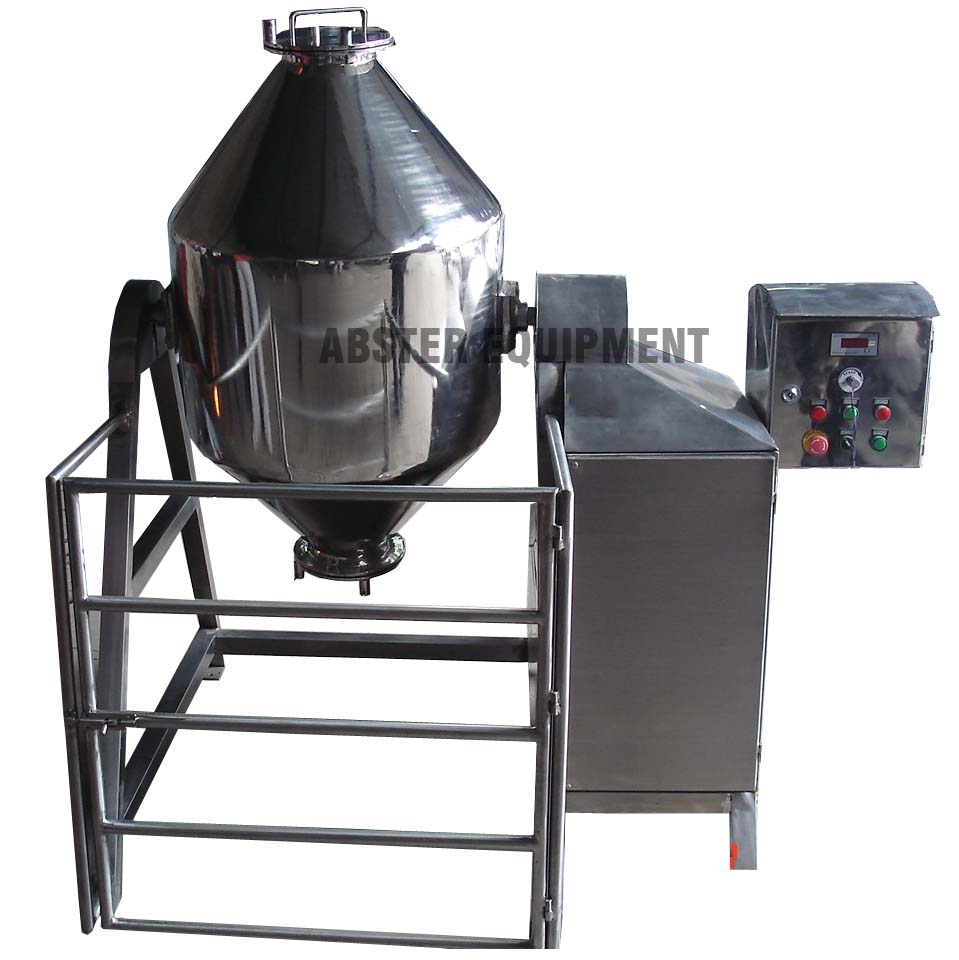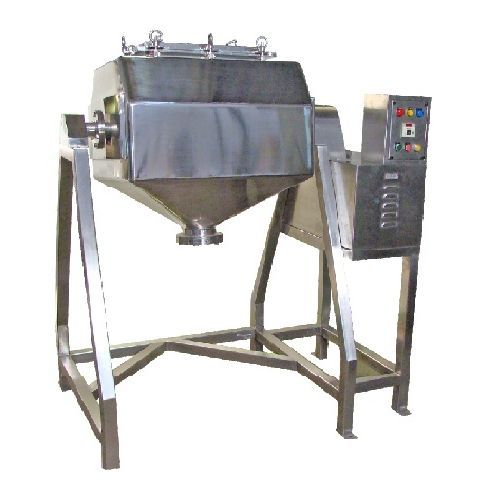
A blender a very important piece of equipment for the pharmaceutical, chemical and food industries. In the pharmaceutical industry, medicine is manufactured by mixing various combinations of drugs and chemicals. Each one of them also has different chemical compositions and reactions and mixing may be done either in a dry or wet state depending on these factors. There are various types of blenders available and each of them has its purpose. We shall have a look at the types of blenders depending on their use in the manufacturing process.
Principle of a Blender – It works on the principle of producing a wave as the material gets tumbled. The shear plane first makes the wave in the top one-fourth of the product load and then subsequent mixing is done.
The Advantages of a Blender are –
Double Cone Blenders – These blenders are typically used for mixing dry granules, powder, and abrasive heavy material. It is shaped in a cone form and has multi-shear deflector plates which help in easy blending. There are paddle-shaped baffles available which can also be fitted on the shaft if better blending is required. The canonical shape of the blender enables homogenous mixing of bulk material and an easy discharge

Principle of a Double Cone Blender– They are most often used for dry blending of any free flow solids. These solids could be of different densities and get intermixed as the double cone rotates. Normal Cycle times are set as and when required and the butterfly valve at one end is provided for material discharge and the other end for material charging and cleaning.
The Advantages of a Double Cone Blender are–
Octagonal Blender – This a slow tumbling machine that helps perform the mixing function along with the lubrication of dry powders and granules. The advantage of this octagonal blender is that it can blend the finest of particles while rotating and does not degrade the particle structure.
Principle of an Octagonal Blender – This blender has removable baffles mounted on a rectangular shell and is supplied with a bin charging system and can also be designed for vacuum charging. The material that is required to be mixed is charged either from the bin or manually or through the vacuum charger. Once the port is locked positively, the blender is set with a preset timer. Once the blending is done, the product is discharged into the process containers through the butterfly valve.

The Advantages of an Octagonal Blender are
Importance of Various Types of Blenders – Blenders plays a crucial role in manufacturing processes. There are different types of blenders in the market each one suiting its purpose. The correct choice depends on the ease of operation, maintenance without any compromise on the quality of output. The octagonal blender is designed to process a larger volume with less power consumption. The space occupied is less and useful for smaller particle blending. A double cone blender is apt for mixing 2 to 5 type ingredients. The double cone design is effective in eliminating any dead spot and is simple to load and unload and clean. However the functionalities of these blenders are irreplaceable.
Sigma Mixer Working Principle Function And Application For Industrial Use
Ribbon Blender Working Principle
High Speed Disperser Working Principle
Advantages of Plough Shear Mixer Over Ribbon Blenders
Sigma Mixer- Design & Construction Operations and Applications Explained
Copyright © 2025, Abster Equipment All Rights Reserved.